
How One Artist Inspired a Giant Art Fair
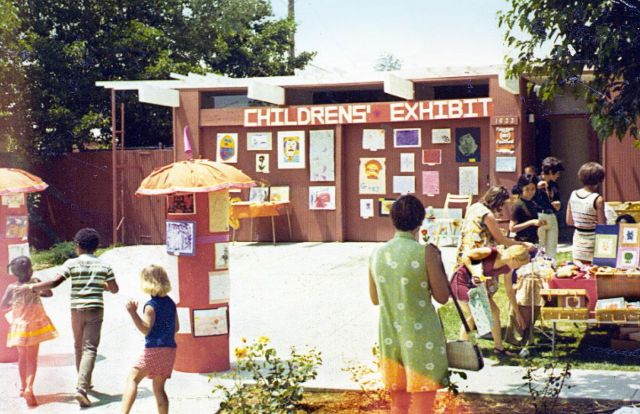 |
|
|
In the upcoming fall issue of our CA-Modern magazine, former Eichler resident Carol Sveilich provides a moving account of life in the mid-1960s in her San Jose neighborhood of Fairglen -- which became home to what, in all likelihood, was the largest public event to take place on a regular basis in an Eichler neighborhood anywhere.
“The Fairglen Art Festival became a growing and impressive success -- as many as 200 artists and 5,000 art-loving fans attended at its peak,” Carol writes, in her first-person story ‘Something in the Air.’ The article features wonderful photos from the old days by Carol’s father, Joe Sveilich.
“The festival’s reputation would eventually spread across the entire Bay Area and feature the most talented local painters, craftspeople, weavers, and entertainers,” Carol writes.
The event, which featured art, a giant sand sculpture, classic cars, bands, and even the occasional mule, eventually grew “too big for its britches” and was ended in the mid-1990s, she writes.
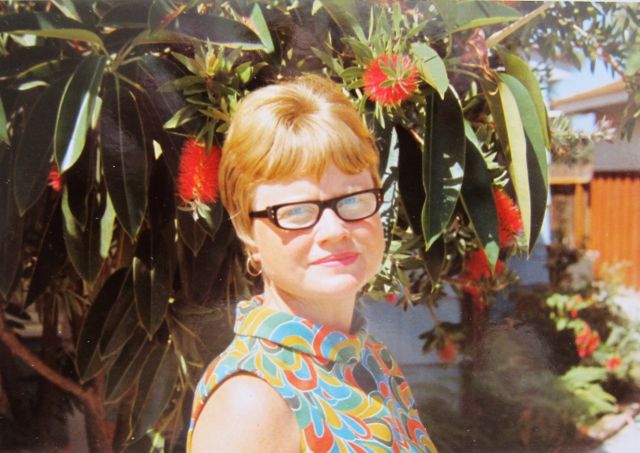 |
|
|
But it was great fun while it lasted and would never have happened at all were it not for a very strong-willed woman and dedicated artist named Maggie Caploe.
Maggie only lived in Fairglen from 1960 to 1963 -- but the mark she made was indelible, and she is remembered to this day by some of her friends from the neighborhood.
Carol Sveilich’s account of the Fairglen Art Festival does much to evoke the old days in the neighborhood, which comes across in her telling as a bit of a Peyton Place.
She writes: “The ten homes in my U-shaped cul-de-sac circled like covered wagons, chock-full of nuts, drama, wild parties, babysitting co-ops, infidelity, and artistic zeal. An intriguing cast of characters -- authors, artists, philosophers, musicians, politicians, professors, and architects -- became my neighbors.”
Sveilich traces the origin of the festival to Maggie Caploe: “One summer afternoon in 1962, Maggie set up an exhibit of her handmade arts-and-crafts creations inside her Eichler and then invited a few of the neighbors in to have a look. They noshed on cookies rolled in confectioner’s sugar and emptied a pot of Folgers from the tall percolator.”
She also recalls a few of the event's other original founders. There was Chuck Elkind, who lived just outside Carol's Fairgrove Court cul-de-sac, and helped put on the first festivals. There also was artist Les Lambson, who used to show off his potter's wheel on the driveway for the neighborhood kids. Carol notes that, during the festival's three decades of existence, many other locals participated in helping to keep the annual event alive and growing.
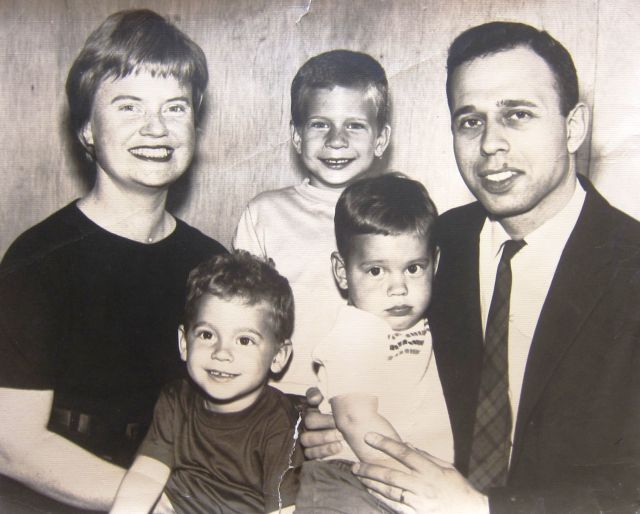 |
|
|
Who was Maggie Caploe, really? To find out we turned to her widower, Fred Caploe, who lives today in a modern home from the 1970s in El Cerrito. What we learned was that Maggie was very much the sort of person you would expect to find in an Eichler home -- artistic, socially active, and part of a lively social world wherever she lived.
“She was a powerhouse, absolutely a powerhouse,” Caploe recalls of the woman who died far too young, of brain cancer in 1974. “She made it easy for the rest of us,” Fred says of her illness and death. “She was so graceful about it. She accepted it.”
“She was a mover,” he says of Maggie. “She was very much an individual.”
Here’s the kind of committed artist and explorer Maggie Caploe was. She’d just married Fred, got a BA from Harvard, and a law degree from Stanford. She had a new degree in teaching from UCLA and had studied art there, including ceramics, and had encountered a visiting ceramicist from Japan, one of that nation’s National Treasures, Shoji Hamada.
Maggie and Fred booked ocean passage to Japan and spent four months there, Maggie studying with Hamada and traveling to Nara to learn paper crafts. They had their first-born son with them and Maggie was pregnant with their second. “About nine days after getting back, she gave birth to Patrick, number two,” Fred says.
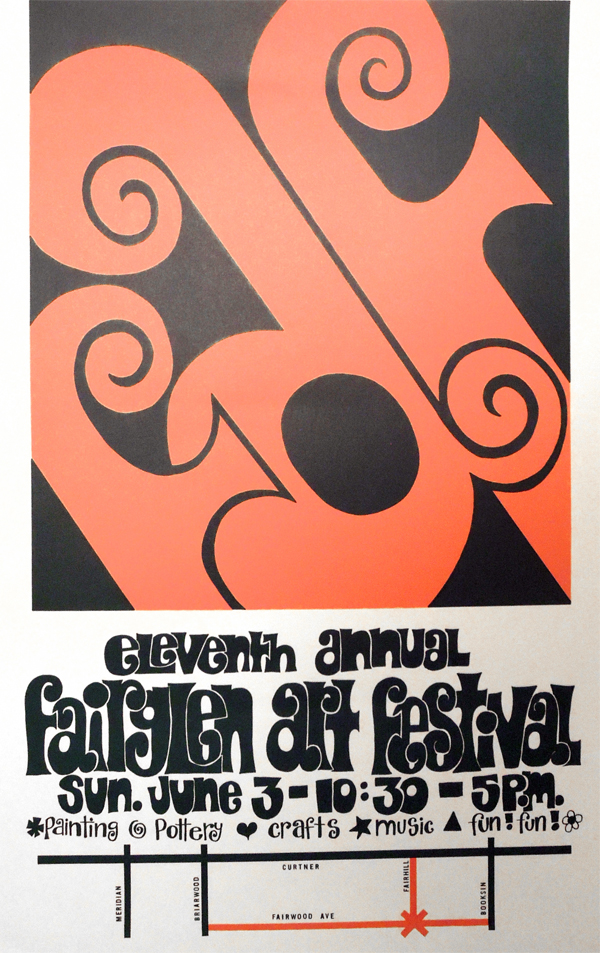 |
|
|
Throughout her life Maggie did many kinds of art. She was never quite a professional, though she worked at art every day that she could. It did take time to raise four children. She also had high standards for art.
“She wanted ceramics to be primary, but she always had doubts about whether she was good enough to consider herself a potter. Other people thought she was,” Fred says, showing off some of her work that he still owns, rough-hewn terra cotta ware that suggests both Japan and Native American art, but also something of her own.
Describing her art, Fred says, “A rainbow is maybe the best description.”
When Fred became city attorney for Mountain View, the family moved there. Maggie was soon spending much time in East Palo Alto, a poor and largely minority community where she helped found and run a day school for kids.
Fred says Maggie helped children from the community get into better schools in nearby towns. She and Fred also ran art shows where they auctioned artwork, including her ceramics, to benefit the program. They brought their own children to East Palo Alto, where they became friends with the local kids.
At the end of the 1960s the Caploes decamped to Bolivia, where Fred served as deputy director of the Peace Corps office there and Maggie volunteered with women artists in the high and rugged Altiplano. She helped market their art worldwide.
“They wanted to export,” Fred says, “and she had wonderful connections here that she put together for them.” Maggie also studied Bolivian pottery.
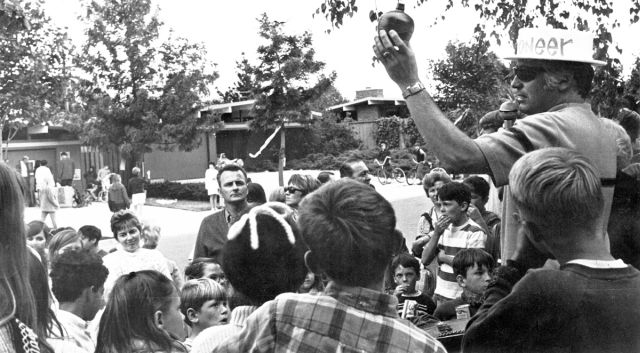 |
|
|
“She was full bore into promoting Bolivia and all that encompasses,” he says. “She was an artist herself. She appreciated artists and appreciated the essential need for artists in every society.”
Although the Caploes did not stay for long in their Eichler home, Fred recalls it as a very special place. “We couldn’t believe it when we saw it. You felt like you could breathe. There were no small windows.”
As much as they appreciated the home, though, he and Maggie appreciated even more “the kind of people who were attracted to the Eichler community. A similar mindset, you know.”
Today Carol Sveilich lives in a suburban neighborhood in San Diego that is “similar [to Fairglen] but it’s not. There’s not that friendly vibe, that outgoing all-inclusive vibe. In the Eichler days everybody hung out in the middle of the court and just talked. It was like a commune, in a way.”
Although Fairglen no longer runs an art festival, it does run a neighborhood block party every year that provides residents with that same sense of community.
Read more about the history of the Fairglen Art Festival in 'Something in the Air,' our sneak preview of the fall '17 CA-Modern.
- ‹ previous
- 329 of 677
- next ›



